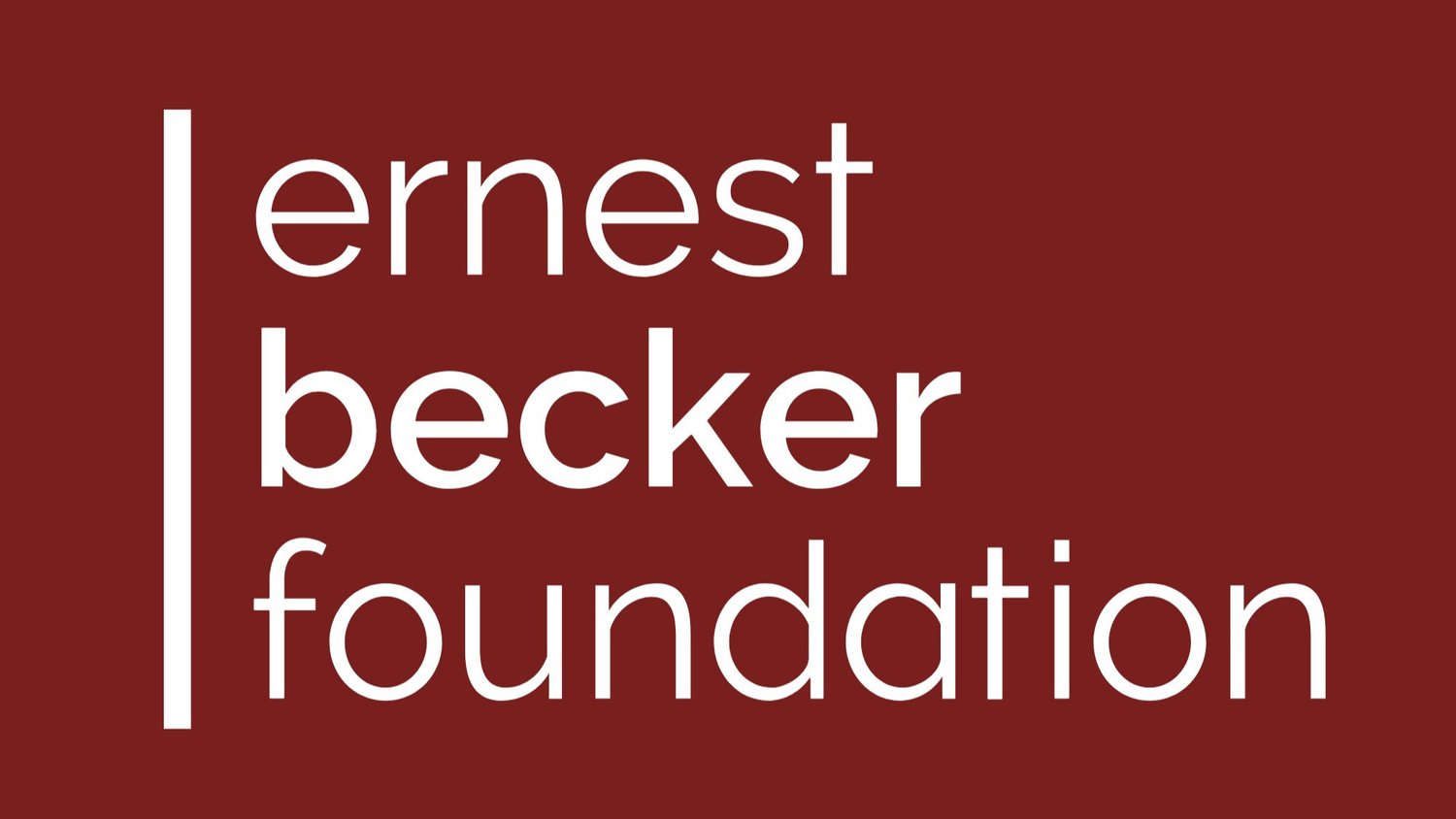Jeffrey L. Kirchmeier is a Professor of Law at the City University of New York School of Law. Before becoming a professor, his work as an attorney included several years as a capital defense attorney at the Arizona Capital Representation Project, where he represented indigent capital defendants in appeals and post-conviction proceedings in both state and federal courts. Professor Kirchmeier is a member and former chair of the Capital Punishment Committee of the New York City Bar Association. He is the author of the book Imprisoned by the Past: Warren McCleskey, Race, and the American Death Penalty that covers the history of the United States death penalty, and he has written numerous law review articles and other publications regarding capital punishment.
What is the “myth of redemptive violence” that is prevalent in our society, and how does this contribute to alleviating death anxiety in the context of capital punishment?
I read a fascinating book by theologian and scholar Walter Wink called The Powers That Be, where he used the phrase about “redemptive violence.” He wrote about how the stories and myths that humans tell often convey the message that violence is a solution or has redemptive powers. These stories can be traced back to ancient times, even appearing in the cartoons we watch as kids. I connect Wink’s idea that we perceive violence as having redeeming qualities both to Ernest Becker’s work and to the death penalty. Becker elaborates, particularly in Escape from Evil, that subconscious fear of death can make us feel threatened by other belief systems that challenge our own. This feeling can then make one hostile or violent toward a conflicting belief system, subconsciously wanting to destroy it in order to restore the symbolic protection from death that the primacy of our own belief system provides. Understanding human behavior this way can provide insights into why we as human beings find pleasure in killing people who do horrible crimes. We identify with the victim, understandably, and the death penalty gives us an illusion of being able to control death. As Becker said in Escape from Evil, capital punishment is a “controlled display of dying.” The idea that violence can cure something connects to our fear of death and the terror of being mortal. This relates to the faulty belief in the myth that violence has redeeming qualities.
How do death penalty cases serve as mortality reminders for jurors?
Terror management mechanisms are very much present in the courtroom. In death penalty cases, the whole trial is about the death of the victim, and the sentencing portion of the trial focuses on the possible death of the defendant. The various aspects of the case are likely to make jurors as well as judges think about their own death as they contemplate the death of others. Prosecutors try to get jurors to put themselves in the place of the victim, while defense attorneys may try to get jurors to connect to the defendant. Additionally, other parts of a trial provide distraction from these thoughts. This allows time for thoughts of death to penetrate the subconscious minds of the jurors, where most of the effects occur, according to TMT research.
We identify with the victim, understandably, and the death penalty gives us an illusion of being able to control death.
Do mortality reminders make it more likely that juries will convict someone, or more likely that they will have a defensive response towards defendants?
In capital cases, the prosecutors can exclude any potential jurors who oppose the death penalty. Therefore, in capital cases, you will have jurors who are in favor of the death penalty and who are then given death reminders which activate their desire to control death and defend their beliefs. One of the subconscious defense mechanisms against these jurors’ fear of death may be the belief that capital punishment is a way to control death. This combination would suggest that they are more likely to be punitive. Studies have already shown that overall, death-qualified juries—in other words, juries composed of jurors who believe in the death penalty—are not only more likely to impose death, they also are more likely to find somebody guilty of a crime and be more punitive. This seems consistent with the idea that people in favor of the death penalty will have a tendency to be more punitive after reminders of death. Of course, more research and empirical study in this area would be helpful.
Studies have shown that the biggest factor where race plays a role is affected by the victim’s race, not the defendant’s race.
How can Becker’s ideas/TMT research shed light on the racial and class disparities seen in capital punishment cases?
It will be interesting to see what future studies bring on these issues…There are numerous studies that pretty much uniformly show that amidst all the various factors that go into a capital case—in other words, everything else being equal—jurors are more likely to give the death penalty when the victim is white than when the victim is a person of color. Studies have shown that the biggest factor where race plays a role is affected by the victim’s race, not the defendant’s race. Considering that many jurors in most capital cases are white, one possible explanation is that jurors may consciously or subconsciously see themselves more in the place of white victims than when the victims are people of color. Mortality reminders generally make people more hostile to those who may be different from them. Thus, there may be some terror management effects going on in this situation in addition to other effects of racial bias, and possibly with respect to class as well. This is why one death penalty warden called the death penalty the “privilege of the poor.”
What hope is there for the future of capital punishment cases? Can you touch on what the research says about attenuating the negative impacts of these inevitable death reminders?
I think Ernest Becker was onto something when he said that we must live in the truth of the terror of creation. A deeper understanding of these effects and the role they play on all levels can make us at least a little bit more enlightened. At the level of the trial, it would be useful for attorneys and judges to become aware of these effects and how they can impact the outcome of the cases. For example, some of the TMT research shows that people with high self-esteem are less affected by death reminders. This info might be useful to lawyers doing jury selection. During the trial, both prosecution and defense can use strategies to try to limit the bias. Some ideas include the type of jury instructions judges give, and how judges may focus the jurors on different aspects of the case. Even more broadly, we should think about making judges and jurors more directly confront death, instead of subconsciously thinking about their own death. Perhaps there is some way that education can make it so that jurors are not dealing with the fear only at a subconscious level, where defensive behavior is more likely to occur.



